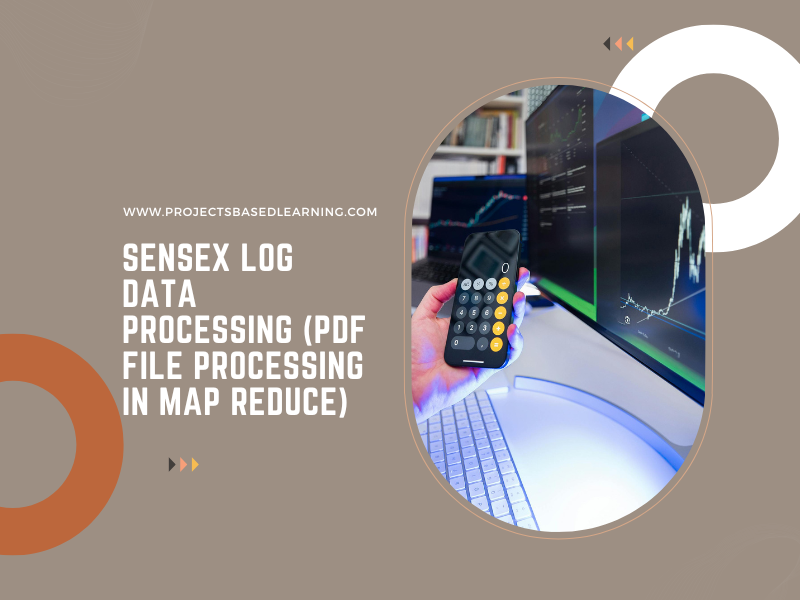If you’ve ever followed a Big Data tutorial and thought, “Okay, now what?”—you’re not alone.
Online tutorials are great for introducing new tools like Apache Spark, Kafka, or Hadoop. But once the copy-paste comfort fades, many learners hit a wall when it comes to building something original. That’s because learning by watching is very different from learning by doing.
In this blog, we’ll show you how to move from tutorial mode to project mode—so you can transform theory into practice and build real-world skills in Big Data technologies.
🧠 Tutorials vs. Projects: What’s the Difference?
Tutorials
Projects
Follow step-by-step instructions
Define your own problem
Use dummy/sample data
Work with messy, real-world data
Teach tools
Apply tools to solve a problem
Often one-size-fits-all
Custom to your interests or domain
Tutorials are training wheels. Projects are the ride.
You need both—but the growth happens when you transition from the first to the second.
🧭 Step-by-Step: How to Turn a Tutorial into a Real Big Data Project
✅ Step 1: Pick a Tutorial That Covers the Core Tool
Choose a tutorial that introduces a core Big Data tool or process—like:
Apache Spark for distributed processing
Kafka for real-time data streams
Hive or Trino for querying large datasets
Apache Airflow for data pipeline orchestration
AWS Glue, S3, Athena for cloud-based data lakes
🔍 Example: Let’s say you followed a PySpark tutorial on transforming CSV files.
✅ Step 2: Change the Dataset
Tutorials usually use clean, simple, and small datasets. But real-world data is messy, incomplete, and massive.
Try replacing the dataset with:
Open data (e.g., Kaggle, data.gov, or AWS Open Data Registry)
Your company’s internal logs (if accessible)
APIs (Twitter, news feeds, GitHub events)
Public BigQuery or S3 buckets
🎯 Goal: Test whether you can apply the same transformation logic to a completely new dataset.
✅ Step 3: Expand the Pipeline
Most tutorials only focus on one part of the data pipeline. Build on top of it.
Tutorial Covers
You Add
Spark read/write
Add data validation logic
Kafka producer
Build a Spark Streaming consumer
Hive queries
Automate with Apache Airflow
Dashboard in Superset
Add row-level security or drill-down filters
🔁 Make your project multi-step. That’s how real pipelines work.
✅ Step 4: Add a Business or Research Question
This is what turns your project from academic to impactful.
Instead of “just processing data,” ask:
Can I predict churn using user logs?
Can I rank top-performing products across regions?
Can I detect anomalies in streaming server logs?
Can I build a dashboard to help sales teams?
Even if you’re not in a business, framing your project around a goal makes it more engaging and portfolio-ready.
✅ Step 5: Host and Share It
If your project lives only on your local machine, it’s invisible to others—and to recruiters.
Make it public:
Push code to GitHub with a clear README
Write a blog post summarizing your learnings
Record a demo and post it to LinkedIn or YouTube
Use Streamlit, Gradio, or Superset to build simple frontends
🧠 People don’t just want to know that you followed a tutorial. They want to see what you built beyond it.
💡 Example: Tutorial to Project Transformation
Tutorial
📘 “PySpark DataFrame Basics” – Reading CSV, basic transformations
Real Project
🚀 “Building a Telecom Churn Prediction Pipeline with PySpark and MLlib”
Use a telecom dataset from Kaggle
Apply real feature engineering
Train a churn prediction model
Schedule with Airflow
Visualize results in Apache Superset
🎉 Now you’ve got a full pipeline—plus a killer portfolio project.
🔄 Common Mistakes to Avoid
Copy-pasting code without understanding it
Sticking to the tutorial dataset forever
Failing to document or explain your work
Trying to do everything at once (start small!)
Remember: progress beats perfection.
🚀 Tools to Help You Transition
Tool
Use Case
Apache Spark
Big data processing (batch/stream)
Apache Kafka
Real-time data ingestion
Airflow
Workflow orchestration
Hive / Trino
Querying large datasets
Superset / Metabase
Visualization
AWS S3, Glue, Athena
Cloud-based pipelines
💡 Pick one tool per project. Then add more over time.
✨ Final Thoughts
Turning a tutorial into a real project is how you go from being a learner to a doer.
It’s where your growth happens—where you stop following instructions and start solving problems. That’s the essence of Project-Based Learning in the Big Data world.
At ProjectsBasedLearning.com, we design learning experiences that help you bridge this gap—so you’re not just learning Spark or Kafka, but building real-world solutions with them.
So the next time you finish a tutorial, don’t close the tab.
Build something that’s yours.

